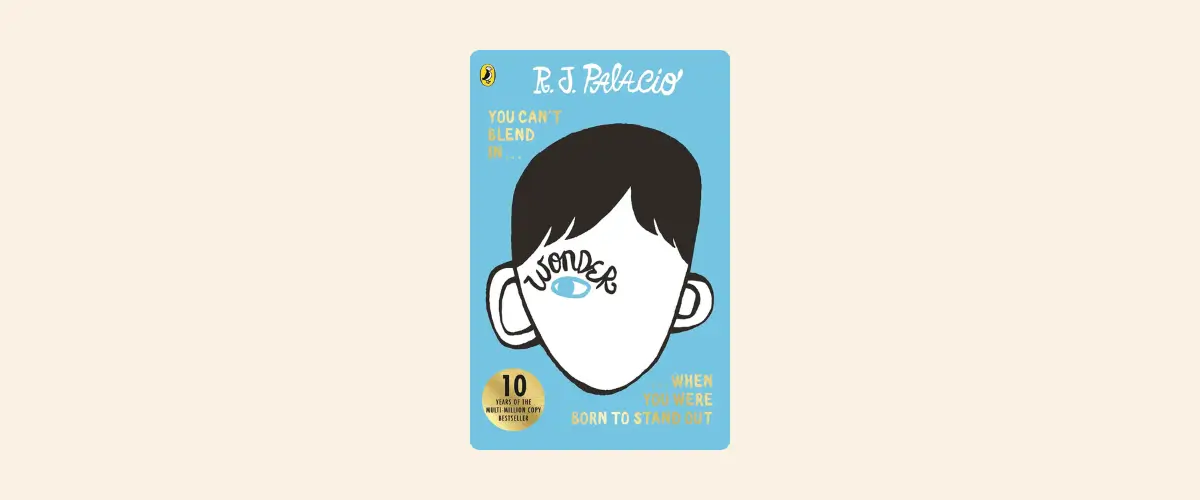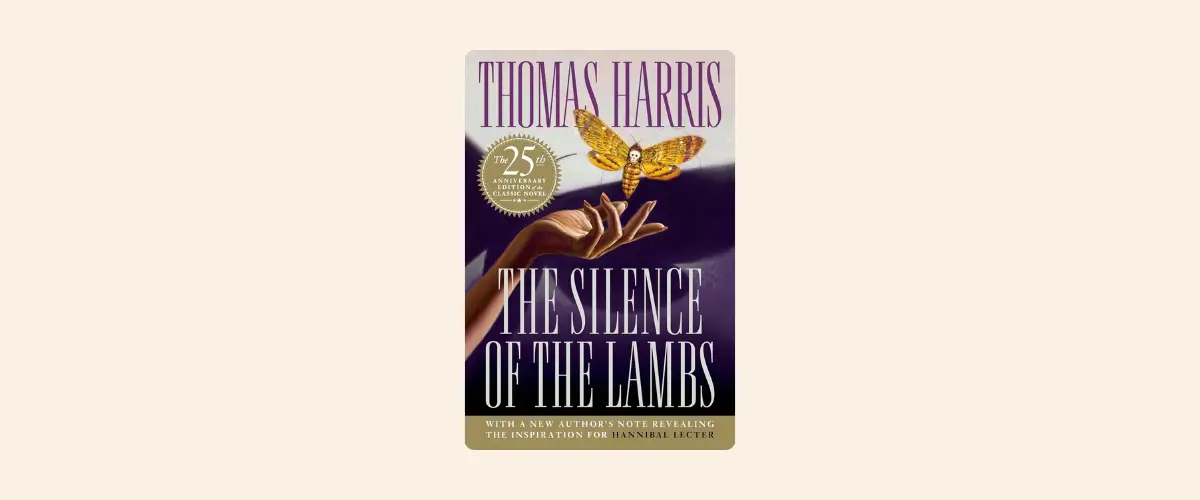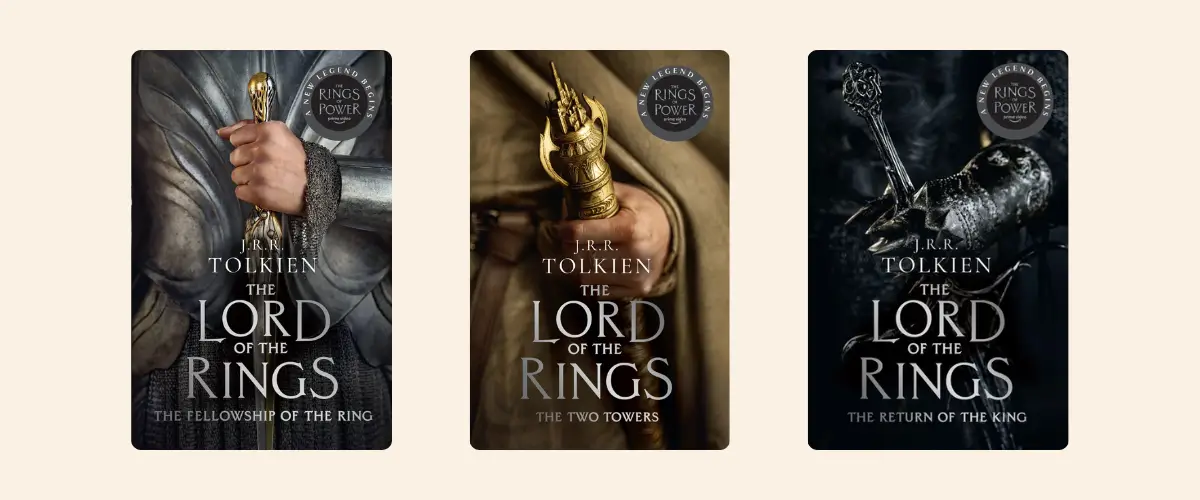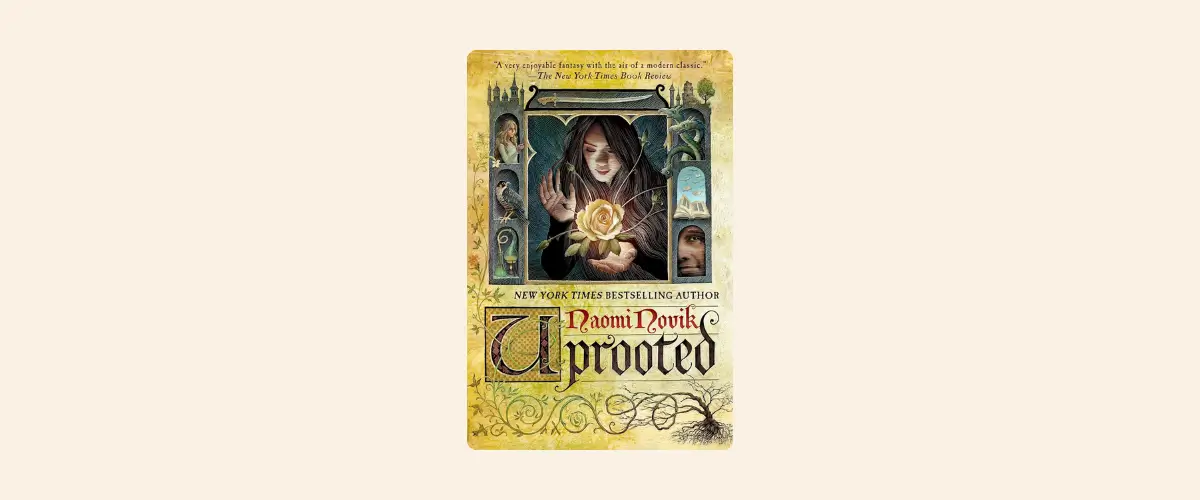Most of us have contemplated the themes of a story before, whether as a reader or a writer, but it can be challenging to define exactly what a theme is and how to use it in our writing. In this article, writing coach and children’s fiction author Melanie Conklin will define theme and explain how you can select one for your story while providing some helpful theme examples from across genres. Over to Melanie!
.webp)
What is a theme?
A story’s theme is the central, unifying idea the author wants the reader to consider. These themes commonly address big ideas such as love, grief, or injustice, but those topics alone do not define a theme. A theme in literature is a deeper question woven throughout a story and its characters. Think of it as a statement or hypothesis the author makes that challenges us to contemplate their view of life.
Theme is and is not...
- The major themes of a story can be identified by their broad, universal nature.
- Theme is not plot, which is the sequence of events in a story.
- Theme is also not the moral of the story, which is a message that intends to teach the reader a lesson.
- Theme does not intend to teach a lesson. Instead, theme raises a question.
- Theme identifies the problem rather than offering a solution.
Often, the theme raises an important idea that readers may or may not agree with. If you find yourself disagreeing with the central idea of a story, congratulations! You have identified the theme.
Key characteristics of themes
Sometimes, it can be pretty hard to define theme in a story, so let’s break it down further into its key characteristics and look at some theme examples to understand the subject better.
A story’s theme is deeper than its plot
Theme goes beyond the events of the plot. Plot is concrete. It is the sequence of events that occurs in a story. Theme, meanwhile, is more abstract and must be pieced together by the reader. Theme is often illustrated through the actions, dialogue, and thoughts of the character in a story. Think of your theme as a narrative thread weaving through the events of the story, tying them all together.
In the children’s novel Wonder by R.J. Palacio, the plot is about the ten-year-old main character who has a facial difference attending public school for the first time, but the themes explored in the story are about the power of self-acceptance and the value of kindness. As Auggie navigates middle school, he experiences many struggles with being judged and harmed by other students. Each of those scenes touches back to the major themes of accepting himself and choosing kindness, even when it would be far easier for him to act as cruelly as some of his classmates.

Literary themes can be repetitive
Sometimes, the theme of a story is not obvious. Thematic statements aren’t usually stated explicitly by authors—though they might spill the beans to the reader in a line of dialogue or a character’s interior thoughts. Often, authors use symbolism or motifs to emphasize the underlying themes of a story, creating a trail of breadcrumbs.
A symbol is anything that represents something else—like the moths in The Silence of the Lambs, for example, which symbolize change or transformation. In Thomas Harris’s story about a serial killer who is determined to physically transform his body, insects are present throughout the narrative, on his murder victims, and throughout his underground lair. He even has pictures of moths and insects on the walls. This symbol draws our attention, building meaning that speaks to the theme: the nature of evil. Is transformation possible? Can evil be overcome?

Exploring the connection between the symbols in a story enriches the reading experience, as do motifs, which are recurring structures, contrasts, or literary devices that occur throughout a story. These repetitions create patterns that register in our minds as we read. Though motifs are typically a subconscious creation by the author, they can be emphasized through revision. (You can learn more about motifs and other devices you can use to deepen your story in our blog piece on literary terms.)
Thematic statements aren’t usually stated explicitly by authors—though they might spill the beans to the reader in a line of dialogue or a character’s interior thoughts. Often, authors use symbolism or motifs to emphasize the underlying themes of a story, creating a trail of breadcrumbs.
—Melanie Conklin
The Handmaid’s Tale depicts an alternative America with a new world order centered on theocracy where women have few rights, supposedly for their own protection. In this world, we see patterns of sexual violence against women. Handmaids are forced to copulate with their Commanders to birth the next generation of elite children, rapists are torn limb from limb in terrible ceremonies, and a private club provides prostitutes to service the male elite.
Throughout the narrative, author Margaret Atwood provides us with a consistent motif of scenarios that raise the same thematic questions over and over. Power and oppression, reproductive control, gender roles, and the core theme that patriarchal control can strip women of their agency and individuality. Each instance of the motif is a drop in the same bucket, filling us with a sense of momentum and meaning beyond the story itself.

Themes are open to interpretation
Just as theme is a somewhat internal and speculative element for the writer, it is also open to interpretation by readers. The author is not proving a thesis—they are exploring a stance. Just as they may have conflicting feelings about the theme they’re exploring in a narrative, the reader will have their own opinions, too.
Think about a book or film you have debated with a friend. Often, it’s not the events of the story you disagree on (as they are a matter of record) but the takeaway from the story’s major themes:
- What did the author mean by that?
- Did they support what that character did?
- Do they condemn it?
While an author may give us strong hints about their opinion on the matter, they leave room for individual interpretations. A theme starts a discussion; it does not end it.
Just as theme is a somewhat internal and speculative element for the writer, it is also open to interpretation by readers. The author is not proving a thesis—they are exploring a stance... A theme starts a discussion; it does not end it.
—Melanie Conklin
In The Vanishing Half by Brit Bennett, for example, the Vignes sisters make different choices about how to navigate their identities, leading to very different paths in life. Desiree and Stella are light-skinned Black women and identical twins born in Mallard, Louisiana, where light skin is valued above everything else. The girls run away from Mallard in search of a better life. Stella chooses to pass as white and cuts ties with Desiree, who marries a dark-skinned Black man and returns to Mallard. While Stella marries a white man and enjoys the benefits of passing as white, Desiree battles against the racism that is pervasive in her life.
As the two women are identical twins who cannot be identified just by their appearance, this raises the question as to what makes a racial identity and whether that is something people can construct for themselves, which poses the central thematic question: what is race, but a societal construct?

How to choose a theme
It might be helpful to know that most writers do not intentionally select themes when writing a story. Having a preconceived notion can make the examination of a concept too formal or lacking in heart. Many writers identify their themes only after writing the first draft, when they are able to reflect on what the story means to them and what question they want to raise. Here are some tips on how you can identify your theme.
When selecting a theme for your story, let your heart do the talking
- What are the topics that grind your gears?
- What are you passionate about?
- What breaks your heart?
By leading with your heart, you’ll select a theme with suitable presence and depth for your novel. If you are likely to rant about aspects of a particular topic to friends, this topic might raise the kind of thematic question that will resonate with you in a story.
For example, if you are someone who follows politics closely and has strong opinions about the distribution of power in society, it makes sense that you might want to explore those ideas in your story. Similarly, if you wonder about the line between humor and crassness, you might be drawn to explore a character who tests those bounds.
Remember, you don’t need to draw a conclusion about your theme. Your plot will come to its conclusion, but the theme is the main idea that readers will continue to contemplate after they have read the final page of your novel.
{{blog-banner-2="/blog-banners"}}
There are often several themes in a story
It’s okay to weave different thematic questions through the narrative, but there is usually one central theme to rule them all. You’ll know it by its ability to connect narratively to each element of the story.
Let’s look at an example of this using The Hunger Games, which has themes of suffering as entertainment and the importance of keeping up appearances—but the one theme that ties all the plotlines together is the examination of wealth inequality between the rich and the poor.
Author Suzanne Collins places the question before us in the form of a dystopian world where twelve economically impoverished districts must select tributes each year to fight to the death for the entertainment of the wealthy Capitol elite.
The question of wealth inequality is raised in nearly every part of the story. Some tributes from more fortunate districts arrive well-armed and physically trained for their participation in the games, while Katniss and Peeta from District 12 are near starvation and unprepared for a fight to the death. In addition to training for the competition, the tributes are given makeovers to their physical appearance to appeal to the viewers, who can provide assistance to the tributes they find most appealing. Katniss is put in the position of having to pander to her audience to survive, which is a metaphor for how privilege affects society at the most basic level—survival often depends on it.

You don’t need an original theme
Many stories explore the same themes. Often, there are variations in the angle explored, but most themes in literature have a universal nature. These are questions we all interrogate in our lives: man’s inhumanity, what the future holds, our emotions, the human condition, the impact of war and conflict, and countless other important topics. It’s okay to explore the same ideas as Ernest Hemingway or Octavia E. Butler. You will have your own unique take on your work’s thematic concept.

Common theme examples can be seen in many popular titles. For two novels that explore the same theme, let’s take a look at The Lord of the Rings by J.R.R. Tolkien and Uprooted by Naomi Novik, which both explore the corrupting influence of power.
The one ring in The Lord of the Rings has such great power that it slowly destroys its wearer, causing them to give in to their basest fears and desires. Meanwhile, in Uprooted, a queen’s desire for vengeance against those who wronged her spirals out of control, leading to the rampant destruction of innocents, which the main character battles to the end.

Coincidentally, these example stories are both set in fantasy worlds, but F. Scott Fitzgerald’s The Great Gatsby also explores how power corrupts people. Set in 1920s America, when wealth inequality was rampant and people would do anything to be on top, this quintessential American novel portrays Jay Gatsby, who gives up his values to enrich himself and ends up losing everything he truly wanted, including the love of his life.

Each of these stories illustrates how unchecked power can corrupt even the best of intentions, a theme that has been explored countless times in literature because the theme is universal, human, and achingly real. Pay attention to the themes that resonate with you as a reader, as they can give you direction and momentum in your writing.
Many writers identify their themes only after writing the first draft, when they are able to reflect on what the story means to them and what question they want to raise.
—Melanie Conklin
Themes are best posed as a statement
While you may explore the broad topic of love, for example, there are many different takes on that single-word idea. Your theme is your take on the idea, which could be that love is healing, as is posed in Beach Read by Emily Henry.
In this bestselling romance, two writers have conflicting views on love. January, a romance writer, is feeling cynical about love, having been hurt by her late father’s infidelity. Meanwhile, Augustus is an acclaimed author of literary fiction who tends to kill off everyone in his books, so he is skeptical about the value of romance stories, having been burned a few times himself—including by January herself when they first met in college. Both struggling with writer’s block, they make a deal to write each other’s books, and in doing so, they fall in love.
The plot is the deal they make, while the thematic statement is that love is healing, which shows in the way the characters share with each other, healing and bonding in the process.

In Beach Read, the thematic statement that love is healing is a hypothesis offered up by the novelist, Emily Henry. It is up to us to determine whether we agree with that statement. The theme illuminates the concept and asks us to consider it.
We see this question repeated in January’s backstory and her occupation as a romance novelist. She and Augustus discuss love as a fictional and practical matter. Even their backstory of having nearly dated in college points to the central theme. Love is the topic of Beach Read, but the notion that love is healing is what the story has to say about it. That central spine is the theme that holds the story together.
Final thoughts on theme
Theme is not just a story element to figure out—it’s also a catalyst for the story itself. When you encounter a plot dilemma, referring to your themes can help you generate ideas to move your story forward. Just as you can look to your plot to identify the themes you are drawn to as a writer, you can look to the themes for direction in choosing backstory, character details, and even dialogue. While we don’t want to be too on the nose, having a tiny thread of connection laced through your narrative gives it a real literary punch.
Remember that identifying and selecting themes is a very personal part of the writing process. Often, we find ourselves interrogating concepts in fiction that we wrestle with in real life. An author’s thematic expression is subjective. So is the reader’s take on those themes.
A story has a beginning and an end, but theme is a conversation that continues after the book is closed. By exploring these techniques to reinforce the themes that emerge in your stories, you offer the reader deeper meaning and a reason to revisit your writing again and again.
Write your novel with coaching from Melanie Conklin
If you’re writing children’s fiction and would appreciate having a multi-published author and genre expert in your corner to cheer you on, you’ll find Melanie to be an encouraging and insightful writing coach.
Wherever you are on your writing journey, we can offer the complete pathway from coming up with an idea through to ‘The End.’ With personal coaching, live classes, and step-by-step self-paced lessons to inspire you daily, we’ll help you complete your book with our unique one-hour-a-day method. Learn from bestselling authors and publishing editors to live—and love—the writing life. Sign up and start today. The Novelry is the famous fiction writing school that is open to all!
.webp)


.avif)
.webp)

.webp)